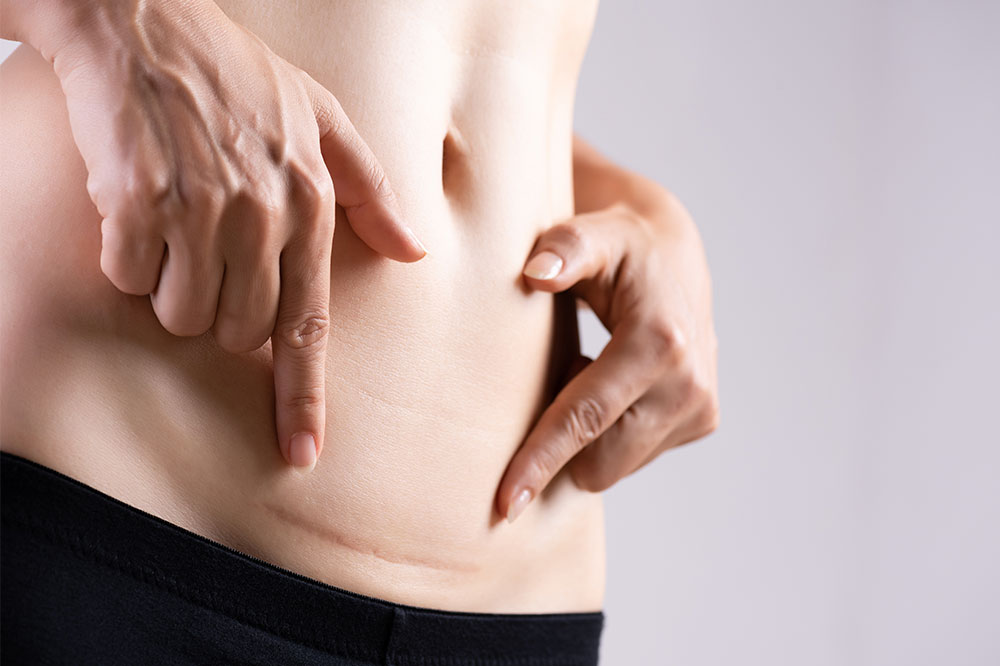
Scar tissue – Types and management options
It is normal to develop scar tissues after an injury. They form in all shapes and sizes around the wound. For some, scars are a source of embarrassment and shame; for others, they are a badge of honor—a reminder of a life-changing event or difficult journey. This post will discuss what scar tissue is and list tips and treatments for dealing with scars, whether you see them as a source of strength or shame.
What is scar tissue?
After a cut or scrape, the body forms a protective barrier over the wound to prevent infection. This barrier, called scar tissue, is made up of collagen and other proteins. It can form anywhere on the body and vary in appearance, from thin and barely noticeable to thick and raised. Depending on the size and position of the wound, the scar may take months or a few weeks to heal completely.
Scars are a physical manifestation of the healing process and can tell us much about the body’s unique ability to repair itself. In some cases, they can be painful or itchy. They may also limit movement if located near a joint.
What are the different forms of scar tissue?
There are various forms of scar tissue, each with its unique benefits and drawbacks. Here are the three most common kinds:
Contracture scar
Contracture scars form when the skin becomes too tight or rigid due to injury or surgery. They can be mild or severe and may take years to resolve completely. While contracture scars often cause discomfort, they usually have a low incidence of complications and fade over time.
Hypertrophic scar
Hypertrophic scars result from excessive inflammation in the skin following an injury or surgery. They are usually more noticeable than other types and are prone to developing into keloids.
Keloids
Keloids are rare but severe lesions resulting from repeated trauma to the skin. They can grow rapidly and become quite large, causing extreme pain and cosmetic issues.
How are scars treated?
If you have a visible scar that you are self-conscious about, some treatments may help improve its appearance:
Laser treatments
They use light energy to destroy the existing scar tissues while leaving healthy skin untouched. The treatment is often used in conjunction with surgery to remove the entire scar or as part of a series of surgeries that progressively reduce scar size over time.
Surgery
It eliminates scars by removing excess skin and underlying muscle or fat layers. Surgery may be necessary if laser treatment does not achieve the desired results or if there are complications from previous surgery attempts, such as recurrence of infection.
Intravenous treatments
Some treatments administered intravenously help stimulate collagen production in damaged areas. They are used every few weeks until enough new collagen has formed to cover the wound completely (approximately six months). While this approach is more expensive than laser therapy or surgery, it may be preferable for patients who cannot tolerate surgical intervention due to other health concerns.
Cryotherapy
The procedure uses frigid temperatures to reduce the size of scars by breaking down collagen and elastin fibers. They may help prevent new scar formation while reducing inflammation.
Irrespective of how we feel about our scars, one thing is sure: they are more than skin deep. Scars are one of the body’s most potent healing agents, capable of regenerating collagen and reconstructing tendons and other connective tissues.




